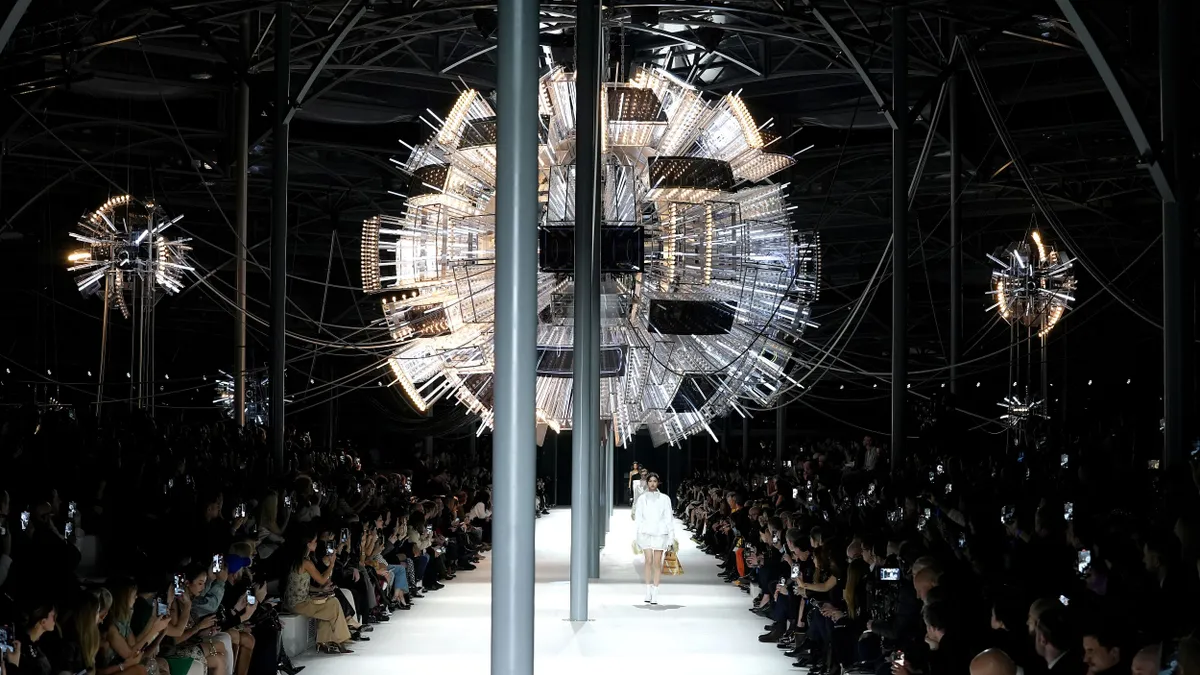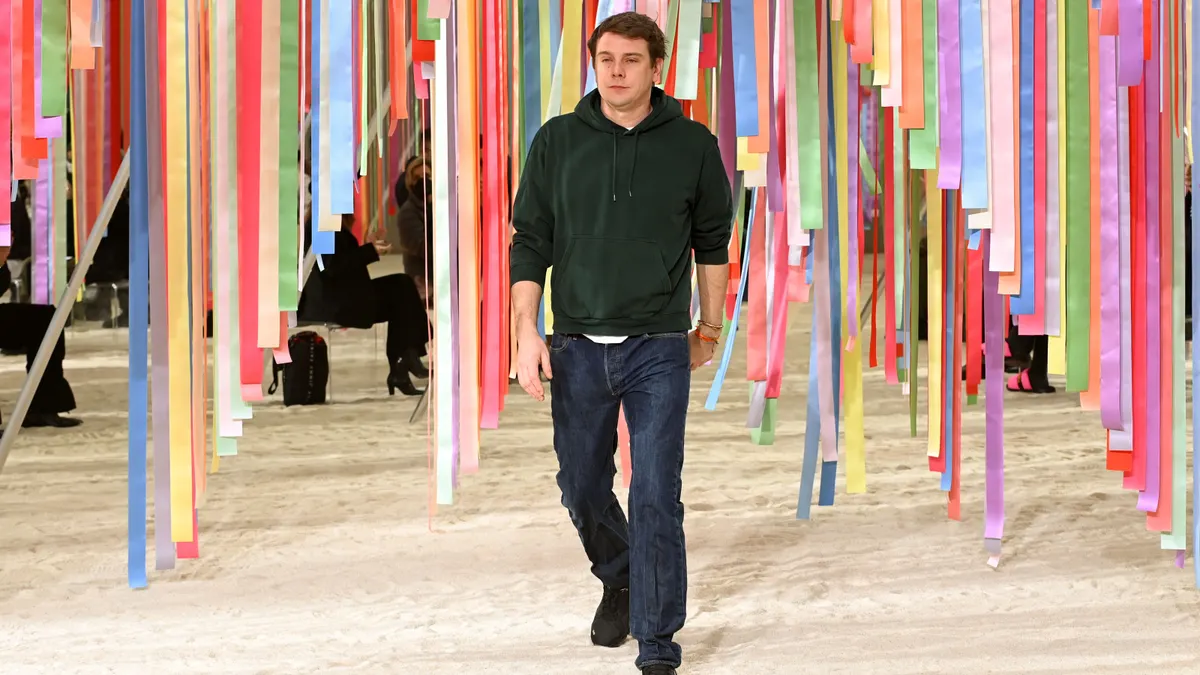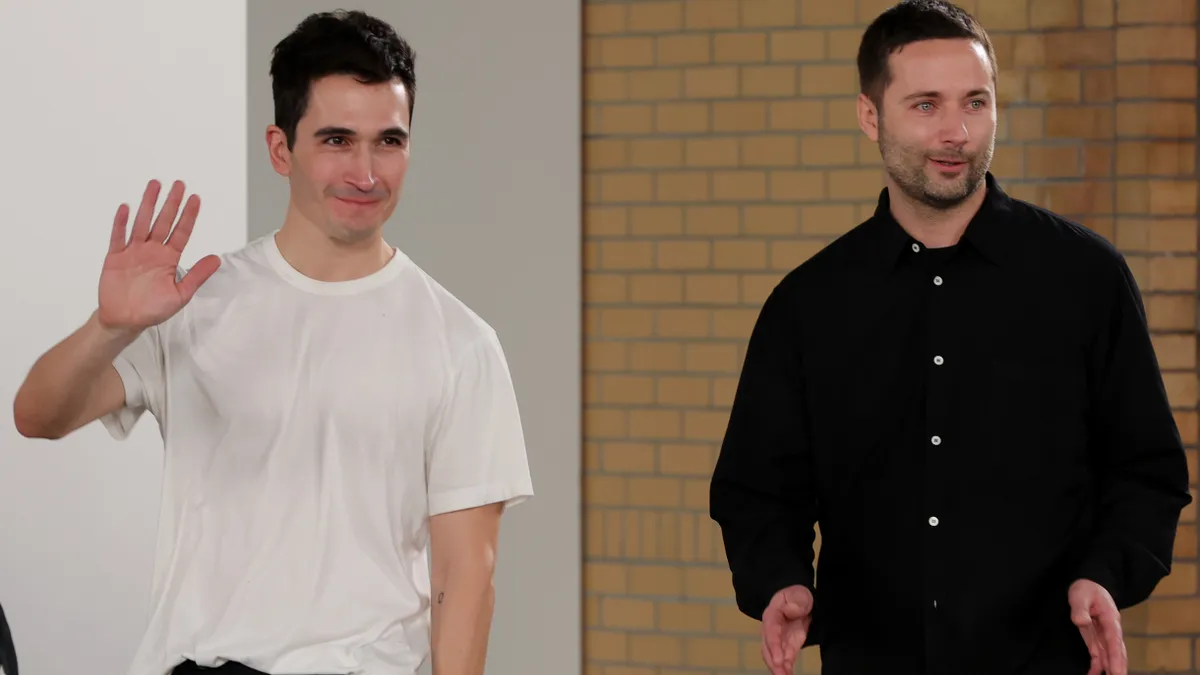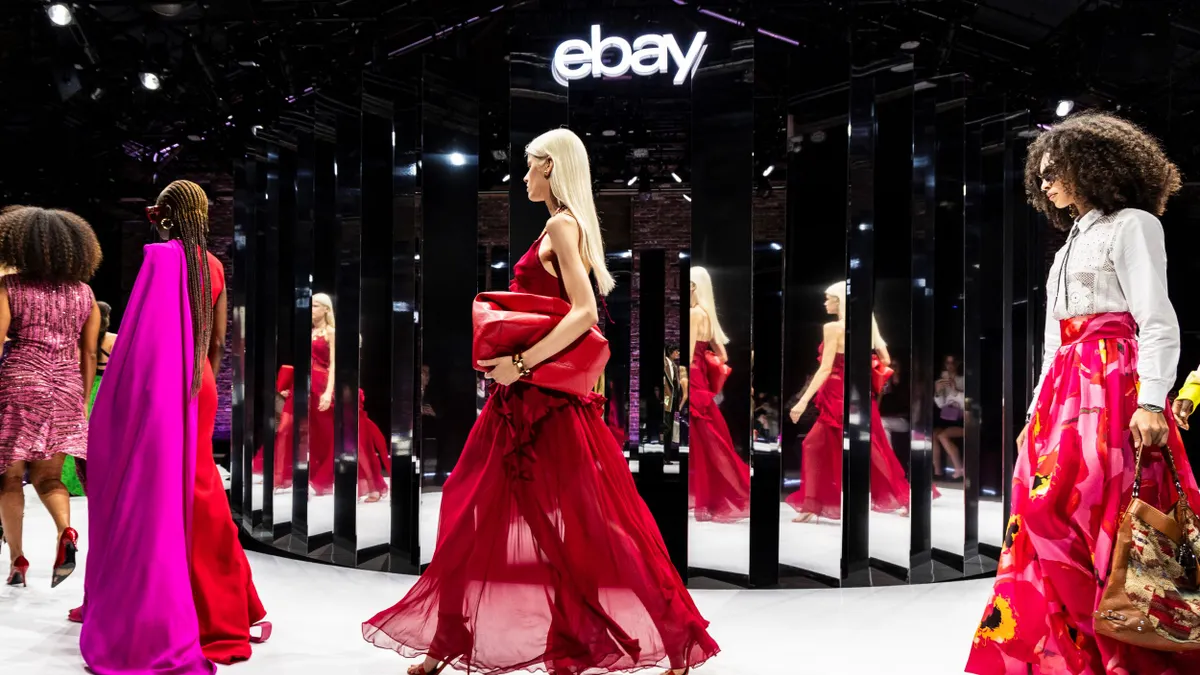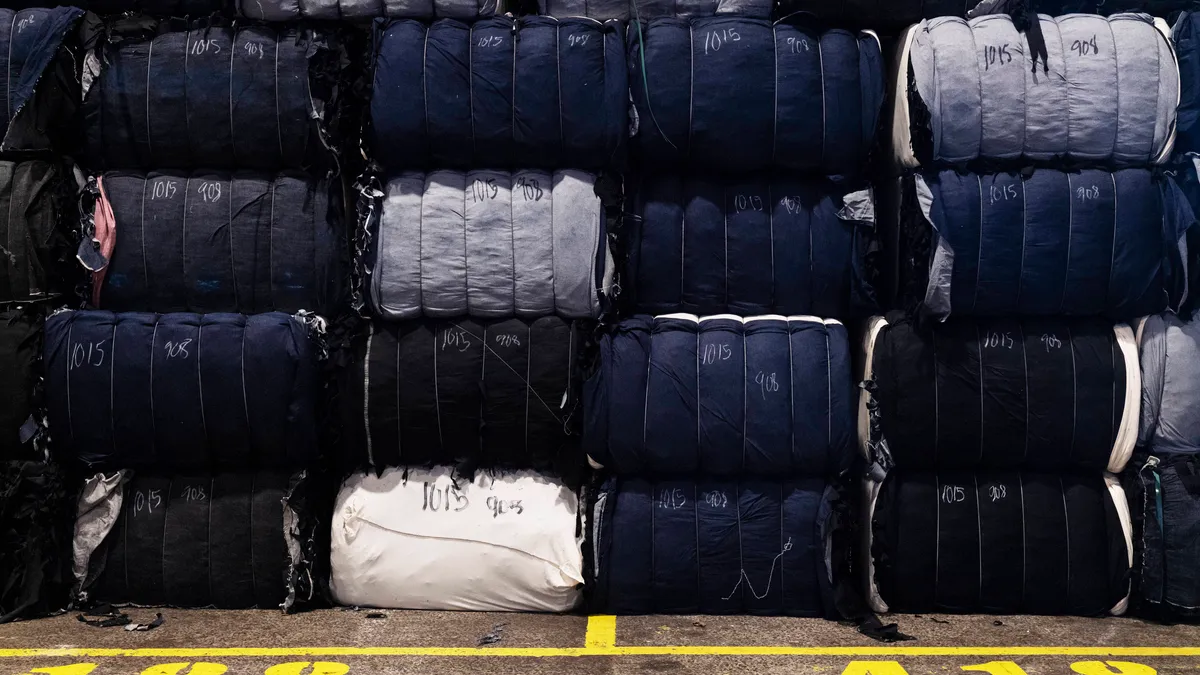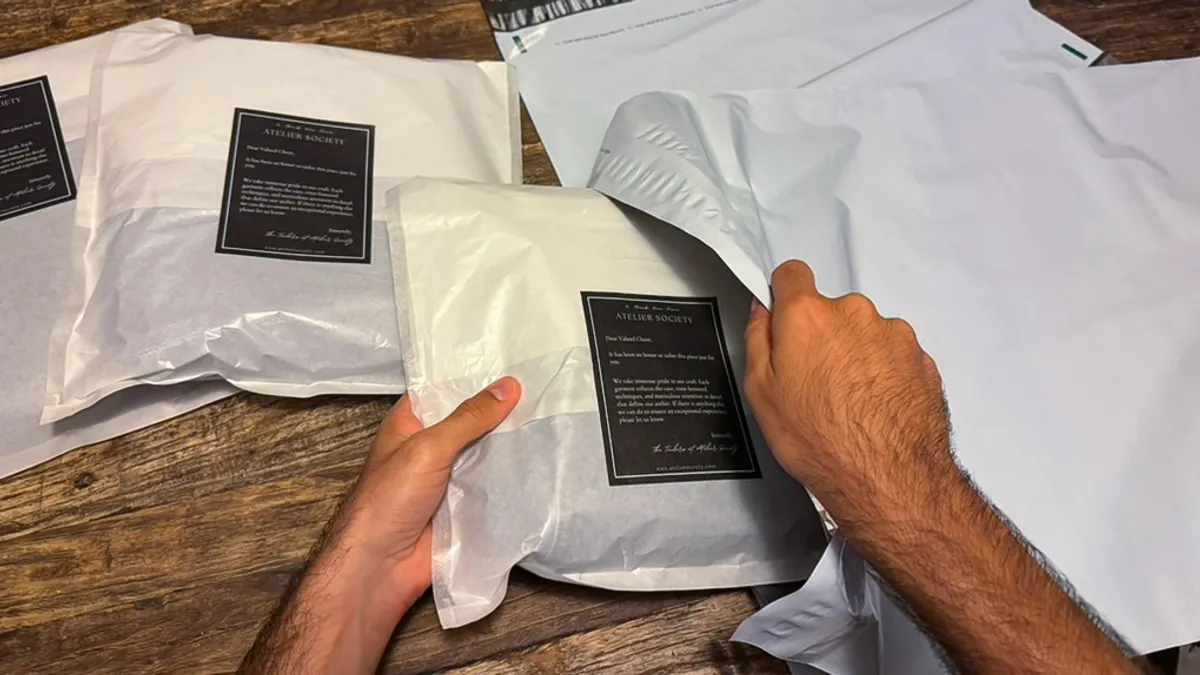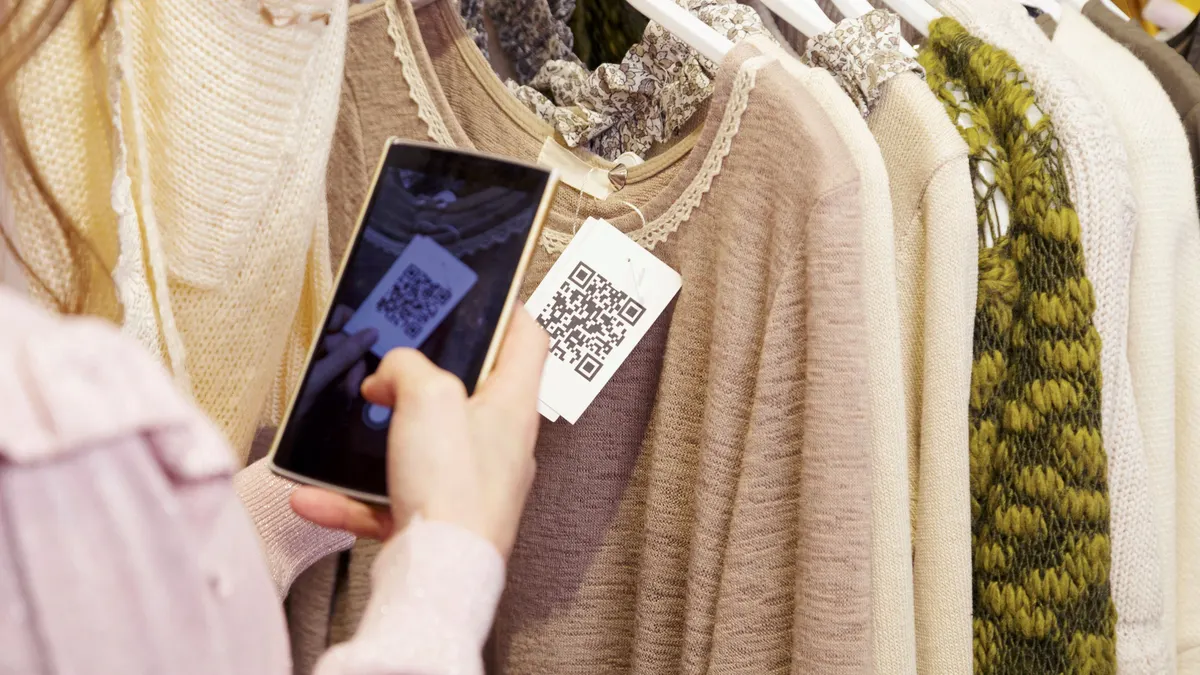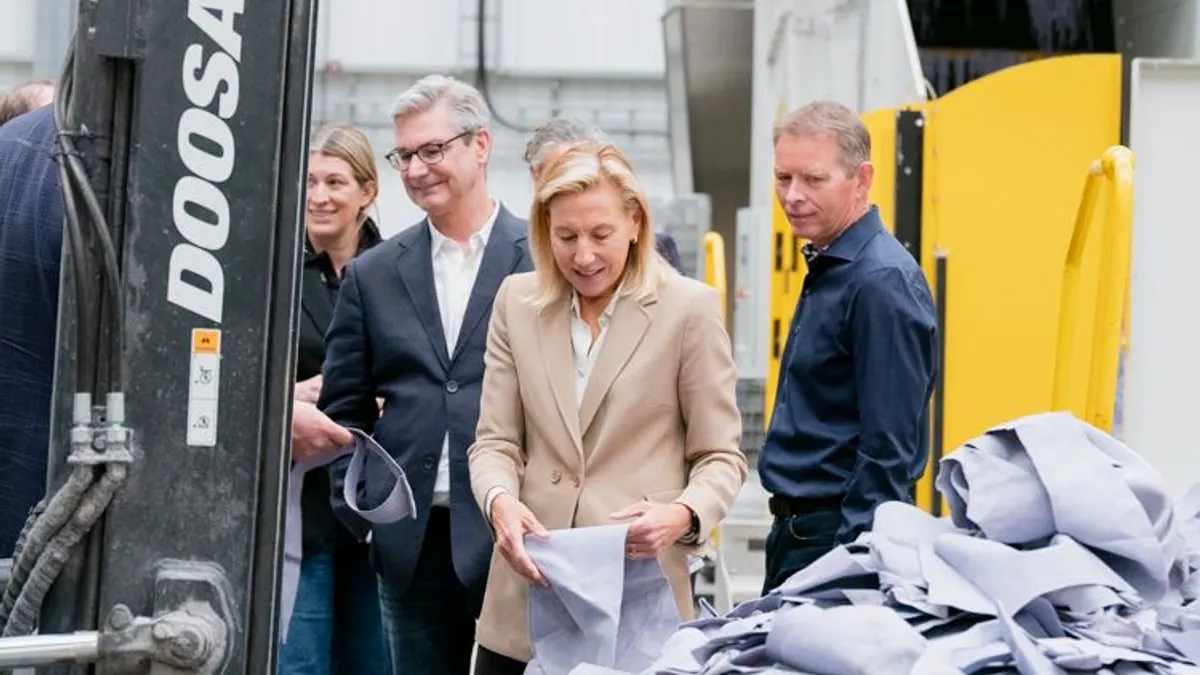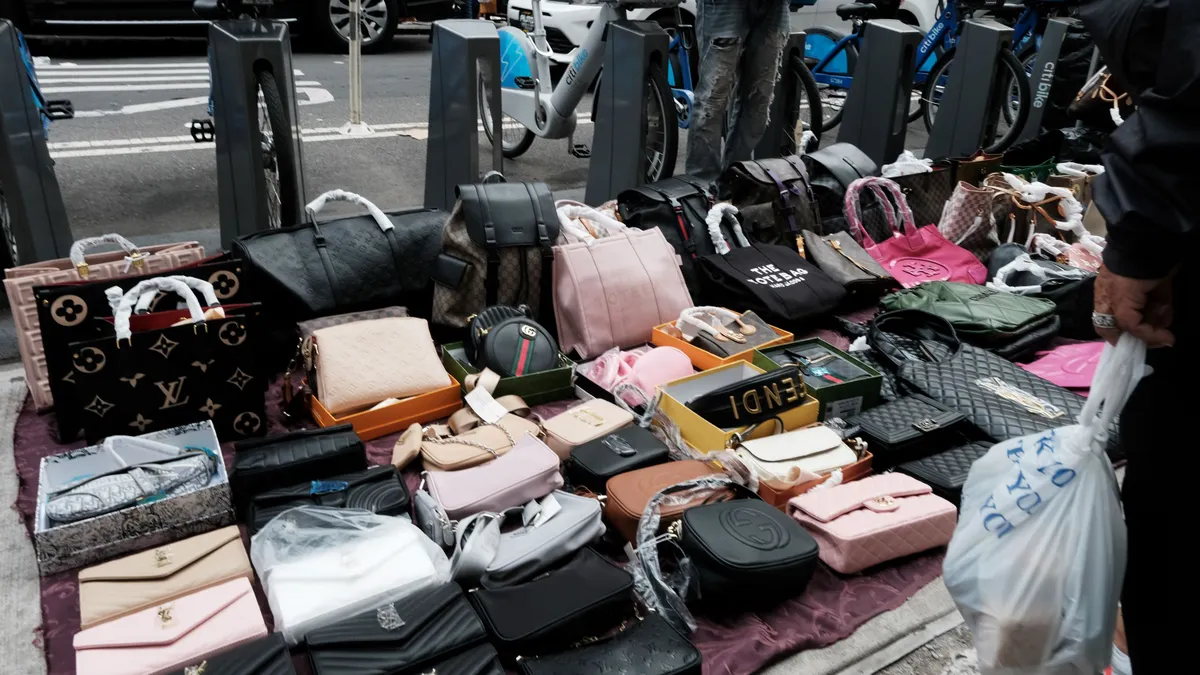Following a year full of significant industry shifts, fashion doesn’t appear ready to settle down just yet.
The coming year is poised to bring even more change to a sector already grappling with economic and cultural shifts. In January alone, a new U.S. presidential administration will take office and over the first three months, several luxury designers will show their first runway collections.
Looking ahead, fashion brands will need to manage changing consumer preferences and buying behaviors and rapid technological advances, all while handling inventory to combat waste and drive the industry toward a more sustainable future.
The key to success in 2025 will be responding to uncertainty with certainty, said Matthew Katz, managing partner of SSA & Company.
“Invest in your strengths, understand your consumers better than ever, and act with purpose,” Katz said. “Those who do will find opportunity even in a challenging environment.”
Here are some of the biggest trends that will affect the industry in 2025.
Brands may reconsider sourcing strategies
In the weeks following the U.S. presidential election, stakeholders in fashion have been paying close attention to President-elect Donald Trump’s statements on tariffs.
In November, Trump said he would use an executive order to levy a 25% tariff on imports from Canada and Mexico on his first day in office. Later, he threatened to place 100% tariffs on BRICS nations, an informal group of countries which includes Russia and China, if they attempt to shift from the U.S. dollar to another currency.
The stakes feel especially high for fashion, which is the most heavily tariffed industry in the U.S., according to Stephen Lamar, president and CEO of the American Apparel and Footwear Association. While fashion accounts for only 5% of all U.S. imports by value, it generates more than 25% of all tariff revenue collected by the U.S. government, he said.
Tariff costs are ultimately passed on to consumers through higher prices, fewer choices or product redesigns, Lamar said, adding that current elevated inflation levels are due in part to the tariffs imposed and maintained on China, which is the largest supplier to the U.S. domestic fashion industry.
Large fashion companies have already been dealing with tariffs for years and have determined ways to handle them, said David Swartz, senior equity analyst for Morningstar Research Services. He used athleticwear brand Nike as an example, because it sources a majority of its items from Vietnam. The bulk of Nike’s production in China is for consumers in the country, Swartz said.
Since Trump’s election, Steve Madden announced it would reduce its reliance on China, and Ralph Lauren announced it was proactively developing new supply chain capabilities to mitigate potential risks and higher tariffs. In the new year more companies could follow suit.
Companies that don’t sell and produce in multiple countries will struggle more under increased tariffs than those that do, Swartz said.
“If tariffs are applied on everybody everywhere, then everybody loses,” Swartz said. “It’s going to hurt the cost, and increase the cost of importing anything to the U.S., and it’s also going to increase the cost of exporting to other countries. They would have to raise prices. They will share the pain. The manufacturers will share the pain with the brands and with the retailers. Eventually somebody has to pay for it, somebody somewhere, and then the higher prices will hurt demand.”
Trump’s tariffs are meant to encourage more manufacturing in the U.S., but in the case of fashion, domestic manufacturing won’t happen, Swartz said.
“The difference in cost is too great and the amount of investment needed is enormous. Trump doesn’t know or care about any of this, but in the real world, you can’t just say ‘Oh we’ll stop making stuff in Honduras now and make it all in Tennessee.’ It doesn’t work that way. There isn’t a factory in Tennessee that they can use. If there were, the employee cost, the cost of everything would be far greater. They would raise prices or they would get crushed by competition, or both.”
Luxury challenges will continue
2024 represented a year in flux for luxury, as some of its largest players reported uneven financial results and several new designers were appointed to top creative design positions.
Furthermore, price increases and a lack of product innovation are contributing to what Yanmei Tang, an analyst at research firm Third Bridge, called a growing consumer fatigue and an eroding exclusivity of the sector.
“As an emblematic case, Gucci faces the dual challenge of balancing prices to appeal to aspirational consumers while retaining its affluent clientele,” Tang said in an email to Fashion Dive. “Soaring price points have alienated aspirational shoppers, whose spending power has been eroded by inflation, yet high-spender engagement initiatives like the Gucci Salon highlight how bespoke craftsmanship can still resonate in a tough economic climate.”
Several luxury firms, including Gucci’s holding company Kering, as well as LVMH and Richemont, already saw revenue declines in 2024.
That trend is not expected to change in 2025, said Nora Kleinewillinghoefer, partner in the consumer practice of Kearney.
The slowdown will continue to be impacted in part by shifting consumer behavior and economic uncertainty in China, as well as potential U.S. volatility under a second Trump administration, Kleinewillinghoefer said in an emailed statement.
“As the luxury market slows, brands should focus in three areas: maintain focus on wealthy consumers who are less affected by market volatility, improve the value proposition by increasing innovation and elevating timeless luxury, and drive backend efficiency to promote profitable growth in the face of slowing demand,” Kleinewillinghoefer said.
Consumers are more drawn to immersive, in-person experiences, and luxury brands will upgrade their store experiences to merge physical and digital experiences. Kleinewillinghoefer said such experiences attract a younger and more digitally focused customer.
Similarly, as consumer priorities shift from spending on gifts to experiences, travel is forecasted to remain strong, according to Katz, of SSA & Company.
In response to the travel trend, brands can consider how their product line can complement the trend, including through selling travel accessories, experiential gifts and bundles, Katz said.
Environmental, social and governance concerns become more critical
In the U.S. and abroad, laws and regulations targeting a more sustainable future for fashion were proposed and passed in 2024. The new rules will be top-of-mind for businesses in 2025 as several key components of the new legislation come into effect.
In California, the nation’s first extended producer responsibility (EPR) program was signed into law in October, making apparel and textile producers responsible for creating a plan to collect, repair and recycle their products. This will affect all companies that do business within the state.
In Europe, the Ecodesign for Sustainable Products Regulation, or ESPR, was formally adopted by the European Union in June. It will require companies doing business in the region to disclose an item’s supply chain information through the use of a digital product passport.
Lamar said these regulations were motivated by a realization that the industry as a whole needs to do more to prevent climate change.
“To accomplish this, we will see a continued rebalancing of the supplier buyer partnership since deeper relationships with those suppliers will be vital to ensure these new obligations can be accomplished,” Lamar said. “At the same time, fashion companies are being challenged to look past the point of sale so that the products they make can become better citizens of the circular economy.”
There is no doubt that the fashion industry is in a new regulatory age, Lamar said, but it remains to be seen whether the new age will “be smart, achievable, and succeed in moving the industry forward still needs to be answered.”
Even without government regulations, companies will continue to implement their own ESG policies in 2025 because it’s good for business and investors are demanding it, Swartz said. He added that the industry must pollute less and use less water and energy.
“In the long term, it’s to their benefit,” Swartz said. “There’s going to be more environmental crises…They have to be prepared for a time when they don’t have access to resources.”
Meanwhile, representation and inclusion will continue to be critical, said Amy Denet Deal, founder of 4Kinship clothing.
“We must go beyond showing models from diverse backgrounds and ensure that underrepresented communities are afforded opportunities in the fashion industry at all levels,” Denet Deal said.
She added that representation will need to be part of a larger social environment.
“There needs to be an entire ecosystem of support so our younger generations have the opportunity to share their talent with the world and create wealth that will fuel their careers,” Denet Deal said.
New technology will solve some problems and create others
Artificial intelligence has been a buzz phrase across industries, and fashion companies are beginning to implement that tech and other digital tools, such as automation, to solve some of the industry’s thorniest problems.
Counterfeit items have consistently been an issue in fashion, but Lamar said the issue has now evolved. He said the topic is twofold: a rise in “dupe culture” on social media and the rise of counterfeit items appearing online.
Last year, several brands and resale companies, including OTB, implemented new technology to curb counterfeit sales and other fakes, and efforts such as these may continue as access to preventative services expands.
Tech could also be used to cut back on waste, which is one of the largest issues facing fashion, both from an environmental and financial perspective, per Swartz. Digital tools like inventory management systems are often being put in place by both brands and manufacturers in an attempt to curb overproduction and keep up with demand.
“Manufacturers are trying to get by with less inventory, they’re all trying to figure out ways to have the products available to customers but not have an excessive amount, which historically has been a big problem for this entire industry,” Swartz said.
Similarly, as tech evolves, automation is becoming more of a factor for factories and fulfillment centers. Work that used to be done manually such as sorting and shipping clothes is being done through automation, Swartz said. He added that processes such as sewing and footwear lacing up used to be difficult for machines to do. When AI is used, machine learning can get even faster, which will affect all companies to one degree or another, from customer service to production.
“All those things are happening rapidly, and they’re going to be happening in factories mostly in Asia too,” Swartz said. “A lot of work that has been done historically by humans is going to be done by automated robots of different types.”
Implications from corporate restructuring begin to emerge
Several apparel conglomerates experienced transformation initiatives over the past several years. In 2025, some of these changes will begin to be realized.
“There certainly are companies out there that are in a stage where they need to rebuild,” Swartz said. “It’s going to be a common theme in 2025 if some of these companies are not successful, then we’ll probably see more turnover at the CEO position… Inevitably, some of these companies that are trying to fix themselves will not be successful.”
In some cases restructuring plans have led to new executives, including at VF Corp., while others, like Under Armour, have brought back a former CEO. Capri restructured its business to make its CEO John Idol also the top executive of its largest brand, Michael Kors.
In the case of Gap and Adidas, new CEOs have helped the companies be successful, Swartz said.
“If it turns out to be a tough year for the industry because of tariffs or a recession or something like that, then [executive turnaround] will be accelerated,” Swartz said. “We’ll see even more people pushed out and more people brought in.”
Lara Ewen contributed additional reporting to this story.



